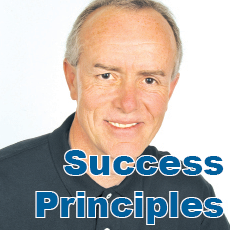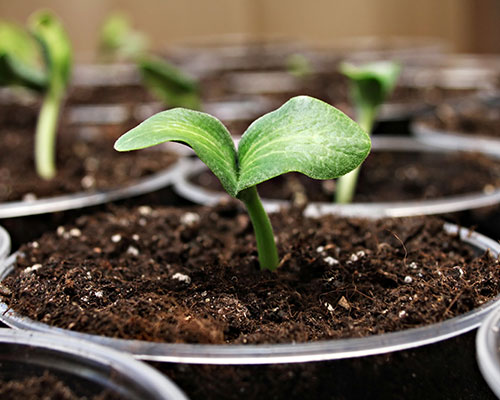
William “Bud” Hart, of Haverhill, shares “Success Principles”—ideas for living a greater, better and more accomplished life, and building habits that stick. He also coaches clients to incorporate strategies for boosting their mental and physical performance during everyday living.
Recently I had several conversations with a person who started a new job. Although this person was excited and eager to get started, the adjustment to the new environment and fellow workers has been a struggle. As is the case with most people who are operating in their own “things just aren’t going well” world this person is daily growing an ever bigger mental monster out of what is very natural. Any time we undertake anything new where we change a long standing routine (such as a new job after many years in a previous position) there is a period of adjustment. It is natural, but many times people (like this person) can’t see it.
I often tell myself and others that when the very thing we desire is in conflict with our imagination, what we image to be our experience invariably wins out. Imagine a less than positive experience everyday and in turn you will recreate and sustain the same self defeating thought process everyday. To see how this works, just tell yourself “My work is not as good as the people I work with” and see if you don’t start to think of all the reason that it isn’t. The more you dwell on it the more reasons you find to believe yourself and the bigger your mental monster becomes.
Most successful people will tell you that at some point in their careers, they may have truly thought they made a mistake, or that they were going to fail. But here’s the truth, in order for any of us to achieve anything great, we have to be ready to take risks and we have to be prepared to fail greatly.
Some time ago I came across a story that speaks to this point called “Risking,” by Patty Hansen. It goes like this. Two seeds lay side by side in the fertile spring soil. The first seed said, “I want to grow! I want to send my roots deep into the soil beneath me, and thrust my sprouts through the earth’s crust above me. I want to unfurl my tender buds like banners to announce the arrival of spring. I want to feel the warmth of the sun on my face and the blessing of the morning dew on my petals!” And so she grew. The second seed said, “I am afraid. If I send my roots into the ground below, I don’t know what I will encounter in the dark. If I push my way through the hard soil above me I may damage my delicate sprouts. What if I let my buds open and a snail tries to eat them? And if I were to open my blossoms, a small child may pull me from the ground. No, it is much better for me to wait until it is safe.” And so she waited. A yard hen scratching around in the early spring ground for food found the waiting seed and promptly ate it.
The moral of this story is this. Any one of us who refuses to take risks and grow risks getting swallowed up by life the worst possible outcome for any of us. As I told the person fitting into their new environment, change and adjustments to change are a big part of all risks, a necessary and a good thing in life.
As Mark Zuckerberg, founder of Facebook puts it, “The biggest risk is not taking any risk. In a world that’s changing really quickly, the only strategy that is guaranteed to fail is not taking risks.
William “Bud” Hart is a certified “Mindset” Coach, Accountability Partner and Business Consultant. Visit Hart Group, www.hartgroupma.com for more on coaching.
